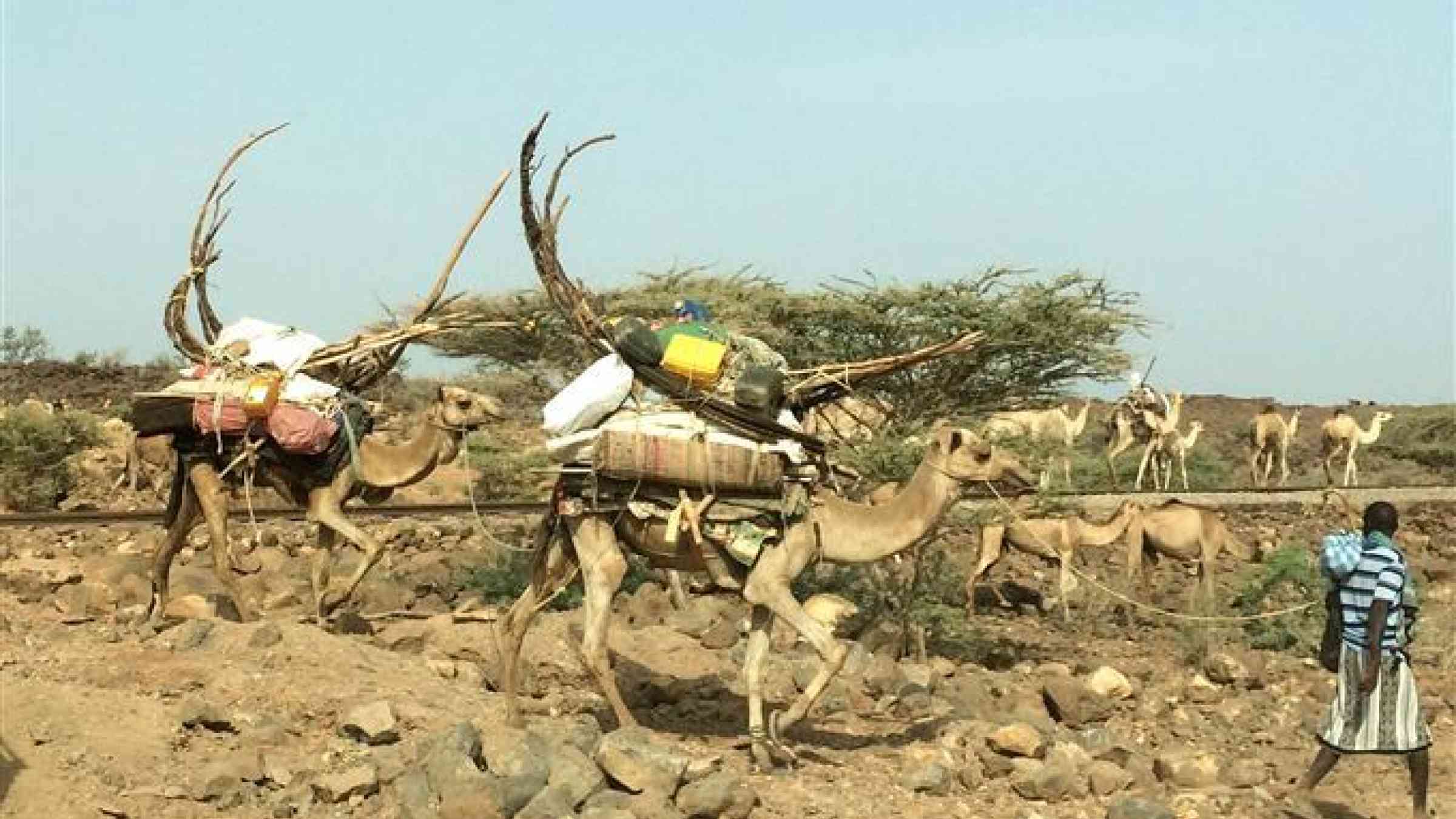Human migration as climate change adaptation strategy

By Elisa Jiménez Alonso
Recently, global temperature records have been tumbling with alarming frequency, and we are seeing a significant increase in extreme weather events. While there have been many reports focussing on the economic implications of these events, it is important to remember that climate impacts are most keenly felt by people themselves. The lives of those affected by climate change are often forever changed in the experience.
Extreme weather events and climate disasters are constantly in the news. Only recently severe flooding in Louisiana made global headlines after displacing over 20,000 people. The dramatic impact of such extreme events means that they are often the events that fill column inches. However, the effects of climate change often creep up on communities. Scarce rainfall, increasing temperatures, and rising sea levels lead to so-called ‘slow onset’ climate change impacts; but, however slow they may seem, their threat to human existence is significant nonetheless. Over time, climate change can make populated areas inhabitable, leaving migration as the only viable adaptation option.